-
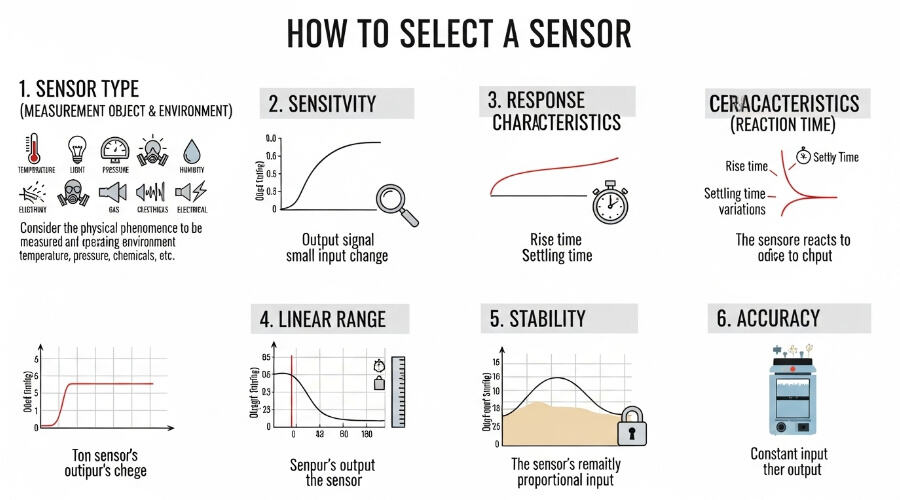
How to select a sensor
2025/09/15Modern sensors vary widely in principles and structures. How to reasonably select a sensor based on specific measurement objectives, objects, and environments is the first problem to solve when measuring a quantity. Once the sensor is determined, the...
Read More -
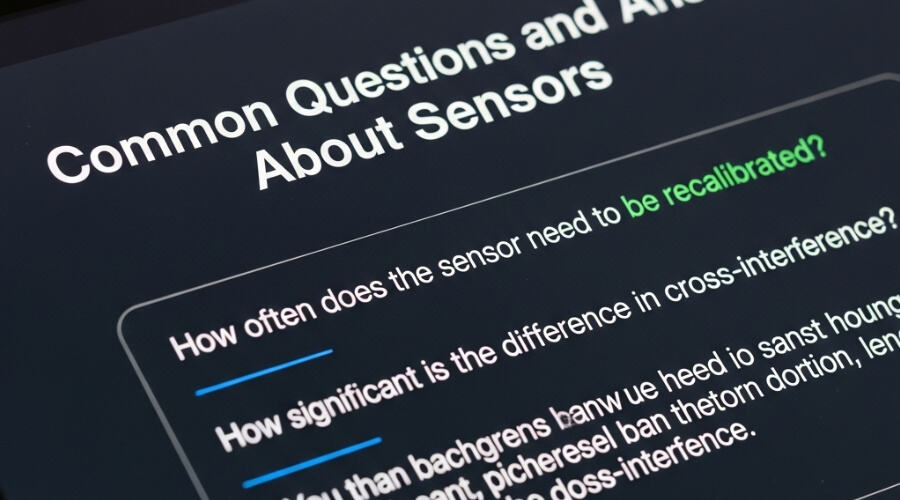
Common Questions and Answers About Sensors
2025/09/15Point 1. How often does the sensor need to be recalibrated? The interval between initial calibration and recalibration depends on multiple factors, including the sensor’s operating temperature, humidity, pressure conditions, the types of gases ...
Read More -
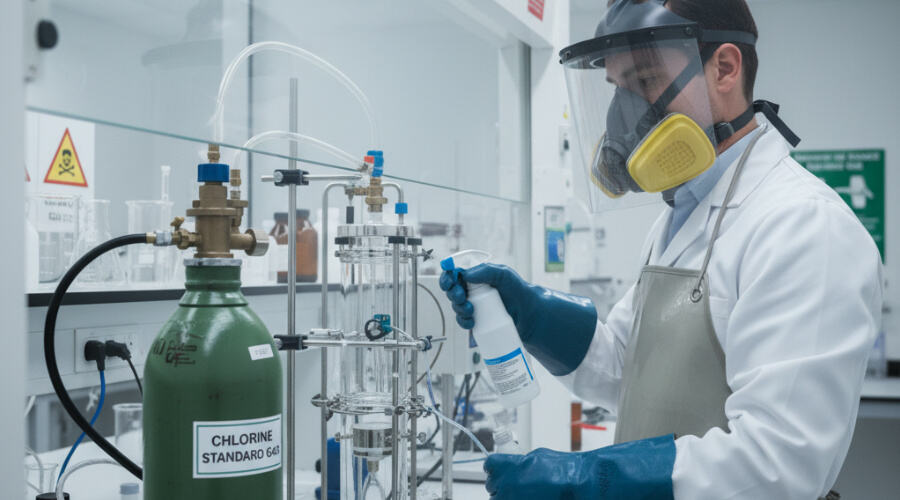
Precautions for testing with Chlorine (Cl₂) Calibration Gas
2025/09/15Chlorine (Cl₂) is a highly toxic, strongly oxidizing, and corrosive gas. It is extremely irritating to the eyes and respiratory tract, and high concentrations can be life-threatening to personnel. In industrial settings where chlorine may be present,...
Read More -
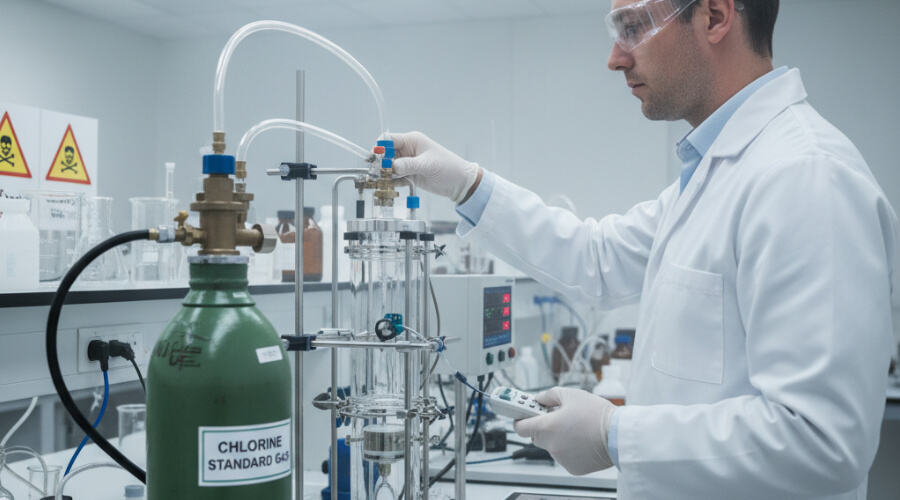
Conducting tests with chlorine standard gas
2025/09/15Chlorine (Cl₂) is a strong oxidant and has corrosiveness. When using Cl₂ to test some gas sensors, corrosion-resistant materials should be used in the testing system. Polytetrafluoroethylene (PTFE) or electroplated and polished stainless st...
Read More -
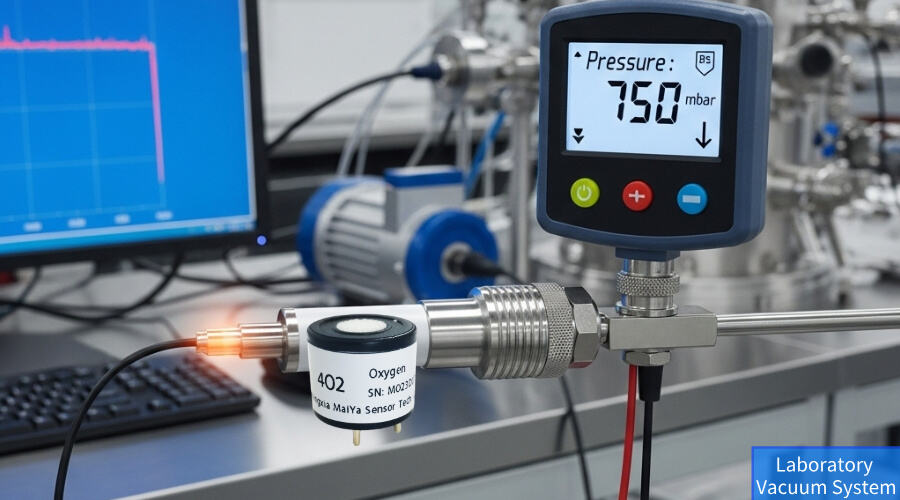
oxygen sensors show significant responses to atmospheric pressure changes
2025/09/15Pressure variation is a critical environmental factor that directly impacts the accuracy of detection results and the reliability of gas detectors,which is often overlooked. Significant pressure fluctuations frequently occur in environments such as d...
Read More

